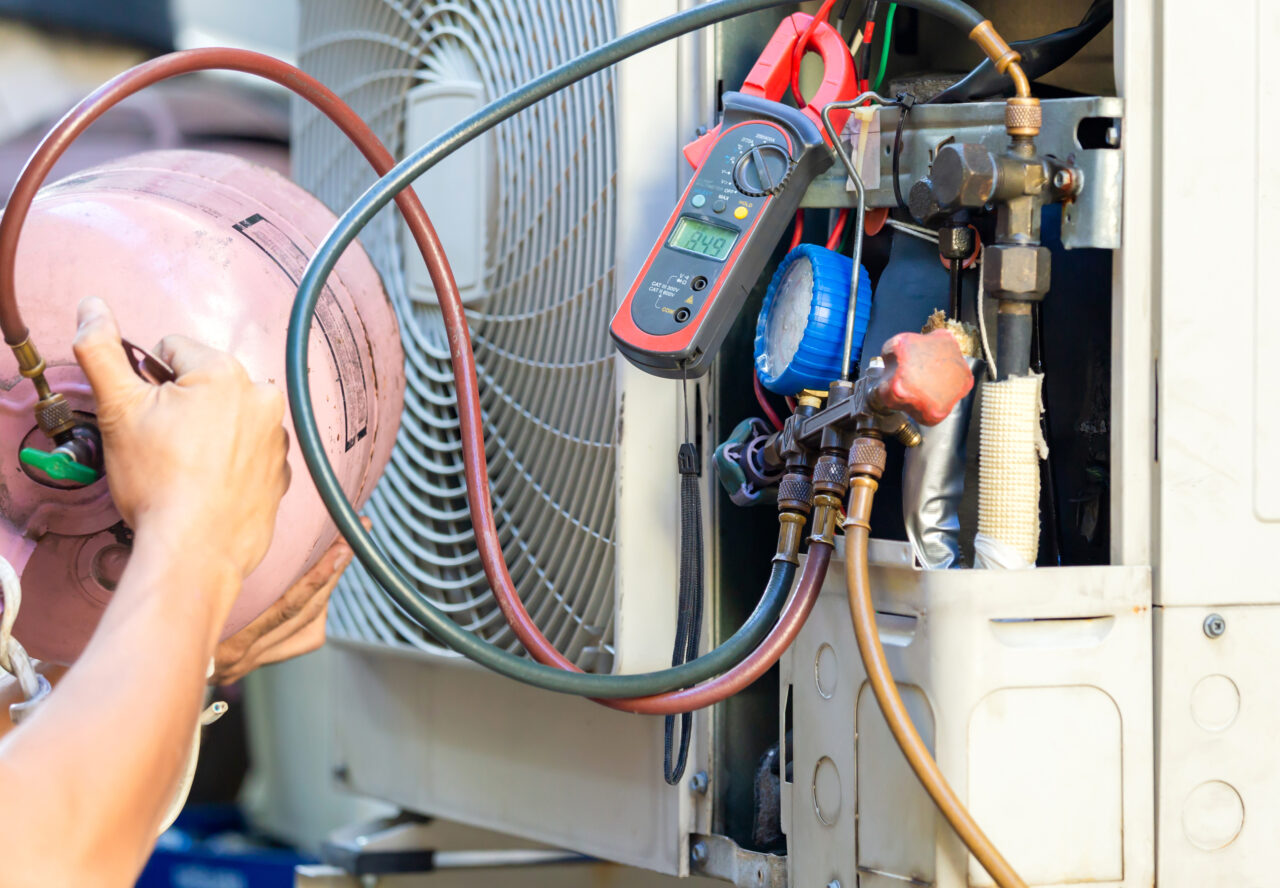As of January 1st, 2023, the HVAC industry made changes to the Seasonal Energy Efficiency Ratio (SEER) guidelines. These changes are part of ongoing efforts to reduce energy consumption and greenhouse gas emissions, as well as to improve the overall efficiency of HVAC systems. In this article, we will explore what these changes are and what they mean for homeowners and the HVAC industry as a whole.
What is SEER?
SEER is a measure of the cooling output of an air conditioning unit over a typical cooling season, divided by the total energy consumption of the unit during that same period. In other words, it’s a way to measure the energy efficiency of an AC unit. The higher the SEER rating, the more efficient the unit is. Previous to 2023, the minimum SEER rating required by the U.S. Department of Energy (DOE) was 14 for new residential central air conditioning systems.
What Changes are being made to SEER Guidelines?
Starting in January 2023, the Department of Energy is increasing the minimum SEER rating for new residential central air conditioning systems in North Carolina (and across the entire Southeast) from 14 to 15. This means that all new air conditioning units installed after January 1st, 2023, will need to have a SEER rating of at least 15 to be considered compliant with federal regulations.
Additionally, heat pump ratings will increase from 8.2 to 8.8 HSPF and furnace ratings will increase from 80% to 81% AFUE. All HVAC systems will be required to pass more rigorous testing conditions and requirements that better reflect HVAC performance.
Additionally, the DOE is also considering changes to the way SEER ratings are calculated. The current SEER calculation assumes a constant indoor temperature of 80°F and a range of outdoor temperatures from 65°F to 104°F. However, this may not accurately reflect the real-world conditions under which air conditioning systems operate. The DOE is exploring ways to update the SEER calculation to better reflect real-world conditions and provide a more accurate measure of energy efficiency.
What do these Changes Mean for Homeowners?
For homeowners, the primary impact of these changes will be on the cost of purchasing and installing a new air conditioning system. Air conditioning units with a SEER rating of 15 or higher are generally more expensive than those with a lower SEER rating. However, these units are also more energy-efficient, which means that homeowners can expect to save money on their energy bills over time.
In addition to the initial cost of installation, homeowners may also need to consider the cost of retrofitting their existing ductwork to accommodate the changes in overall efficiency. In many cases, this may not be needed, but for egregiously old buildings, a duct upgrade may be required as well.
LM Wilson Has HVAC Units That Meet New 2023 SEER Standards
If you’re ready to replace your HVAC system now, the LM Wilson team can install a new air conditioner, heat pump, or furnace that meets current standards and will still improve your home’s comfort and energy efficiency. If you’re ready to invest in an HVAC replacement that meets new efficiency standards, you’ll pay a higher upfront cost but achieve greater energy cost savings over your system’s life span. LM Wilson also offers financing options to assist with your new and improved HVAC unit.
If you are ready to upgrade your HVAC unit to the new 2023 standards, click here to request an online estimate or call (336) 663-1370 today!


